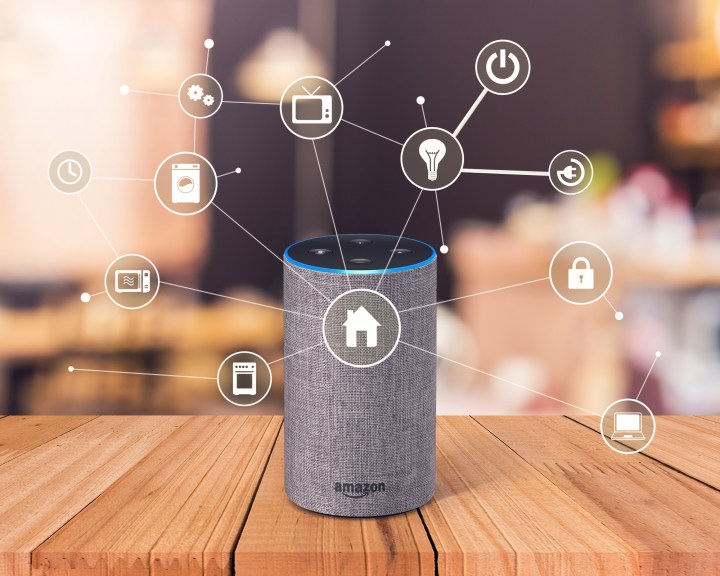
It might feel like your collection of smart home devices are just communicating with each other and with you. Odds are, that isn’t the case. The data from your devices can be sent all over the place to communicate with servers and may even be in the hands of people that you might not expect. Now, thanks to some savvy researchers at Princeton University, you can monitor your smart devices and see exactly what kind of information they are collecting and sharing.
A new tool called Princeton IoT Inspector, available for MacOS, offers an easy-to-install and configure option to better understand how your smart home devices communicate and behave while in your home. To be clear, this tool is essentially designed to spy on your home. It utilizes similar tactics that a bad actor might use to discover what is running on a network. Except instead of exploiting that information, the tool collects data that can be analyzed by you and by the team of researchers.
If you use the open-source tool, you’ll want to clearly understand that you are participating in a research project. Some data from your devices will be collected and shared with the Princeton researchers via a secure server to be used as part of a research paper — you can take a look at exactly what they will and won’t be able to collect on the FAQ page for the app, which lays out in excruciating detail exactly how the process works. You’ll also have to sign a consent form before using the tool, so you know just how seriously the team behind IoT Inspector is taking its task.
Once you have been fully informed about the tool, how it works, and what it will collect, you can finally start using it. IoT Inspector will automatically detect common devices like the Amazon Echo or Google Home, though you might have to help it identify others. Once it spots a connected device, it starts to gather information from them and shows you how those products communicate. It will highlight how active they are, who they are communicating with, and more.
Once you have Princeton IoT Inspector on your Mac, you might find it useful outside of your own home. As Gizmodo points out, you might want to use it to give a scan to your Airbnb to make sure there aren’t any hidden cameras or other spying devices set up without your knowledge.


